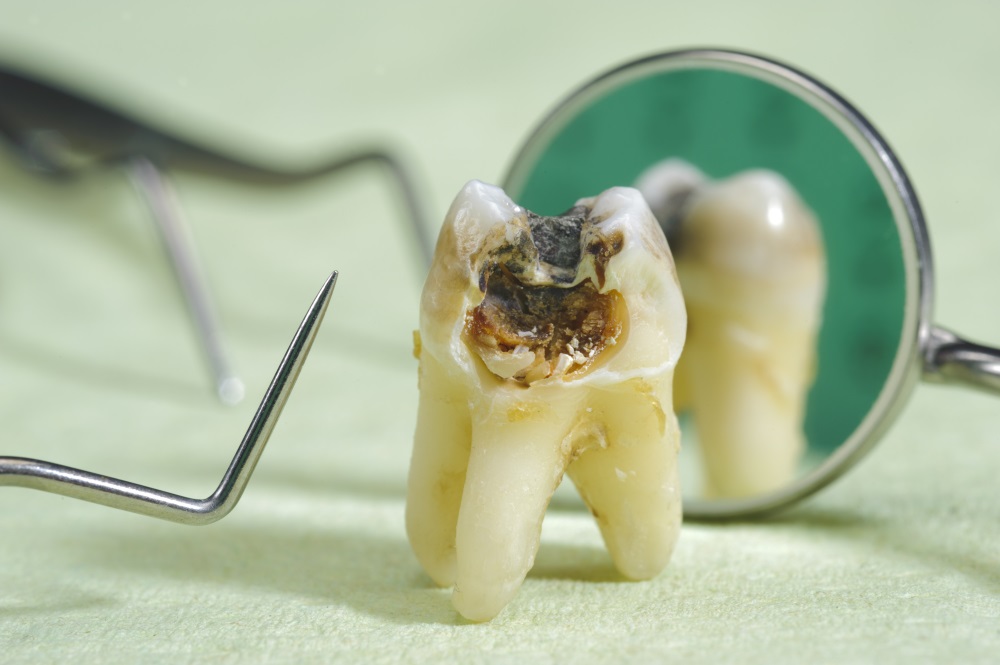Your Risk Assessment For Cavities
If you were asked to name the most common chronic disease found in children and adolescents, what would you guess? Asthma or diabetes? Or maybe cerebral palsy? While all of those conditions rank high on the list, the number-one chronic childhood condition—four times more prevalent than asthma—is tooth decay. And it’s not only in children! Nine out of 10 adults have some degree of tooth decay. And, as you know, tooth decay and cavities go hand in hand; therefore, it’s important to know how at risk each of us are for developing cavities.
Follow along as we offer a simple cavities risk assessment so you can know if you’re in danger of developing cavities!
Your risk assessment
Answer in a yes/no format:
- Have you visited the dentist in the past twelve months?
- Do you brush your teeth at least twice a day?
- Do you floss your teeth after every brushing?
- Do you use a fluorinated tooth paste?
- Do you avoid sugary foods or soft drinks?
- Do you chew sugar free gum?
- Do you mouth feel dry or feel like you lack saliva?
- Have you had sealants places on your teeth?
If you answered no to more than two of the cavities assessment questions above, then you are at an elevated risk for developing cavities. It’s important to review your oral health and dietary habits to ensure your teeth are protected from decay.
Background on tooth decay
Tooth decay affects 97% of the population worldwide at some point during their lifetime. Tooth decay can destroy enamel on the surface and then the hard dental tissues below. Aggressive decay can be detected by a simple visual exam while less acute cases are found through the use of an explorer or ball-tipped probe. The severity of tooth decay is measured on a patient-by-patient basis using a methodology that takes each person’s unique dental history into consideration. The outcome of the assessment guides the dentist in creating a treatment plan.
What stuff really increases risk?
As you might have noticed from the risk assessment above, there are many characteristics that increase the possibility that your teeth might suffer decay. These include:
- Consuming sugary foods and drinks
- A prevalence of tooth decay on your maternal side of the family
- Special health care needs such as developmental, physical, medical or mental disabilities
- Chemotherapy or radiation
- Severe dry mouth
Patients who meet the criteria for being deemed high risk are encouraged to minimize sugar intake and be cognizant of limiting the acid in their diet to prevent the erosion of enamel. In addition to following optimal oral hygiene practices that include brushing at least twice a day followed by flossing, patients should consider other preventative treatments such as fluoride applications. Finally, filling in the grooves of your teeth with sealants can prevent food from becoming lodged in these areas (which can create tooth decay).
If you’re concerned that you might be considered high risk for tooth decay and cavities, it’s important to discuss this with your dentist at your next appointment. Tooth decay can lead to an array of other health issues that affect all systems of your body, so it’s important that you call us today about any concerns you might have!






